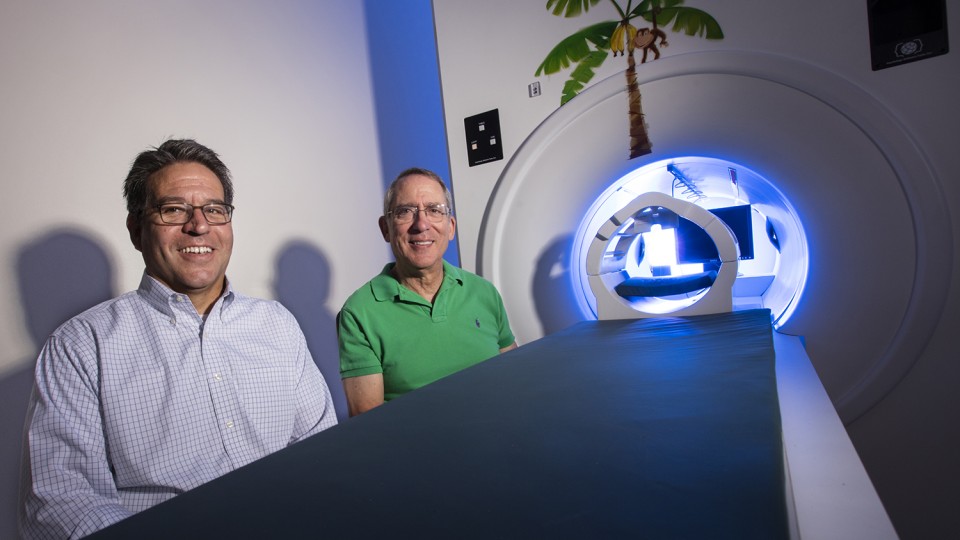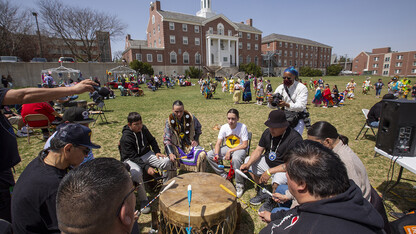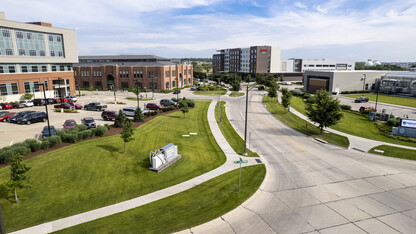· 3 min read
NSF-funded study to probe visualization, problem-solving

Despite its extreme spectrum of disciplines, approaches and uses, the core of all modern engineering lies in applying critical thought to solve complex problems.
Prior research has suggested that this problem-solving capacity may stem partly from spatial visualization – the ability to clearly see and manipulate three-dimensional forms through the proverbial mind’s eye.
With the support of a new three-year, $1.25 million grant from the National Science Foundation, researchers from the University of Nebraska-Lincoln and Ohio State University are aiming to reveal the first physiological links between these two vital skill-sets.
The team will use electroencephalograms to examine the brain activity of 100 male and 100 female undergraduate students identified as having high or low spatial visualization skills. These students will take several tests of visualization and attempt to solve a series of engineering-related questions with either singular or open-ended solutions.
By comparing the neural activity of high- and low-visualizing students, the study should illustrate which regions of the brain manifest any correlations between spatial and problem-solving abilities.
The assessments will also determine whether and how brain activity differs when solving straightforward versus “divergent” problems that more closely approximate the dynamic scenarios that engineers typically encounter.
“The hypothesis we’re testing is that brain activity will look largely the same both when students are solving divergent problems and when they’re taking a test that assesses their spatial skills,” said Lance Pérez, professor of electrical and computer engineering. “If so, we’ll finally establish a neurological basis for a link that has been implied by many years of correlative studies.”
Results from the study could consequently inform the design of curricula that hone the problem-solving skills essential for prospective engineers and others entering the STEM fields, said Pérez, who is co-leading the study with OSU’s Sheryl Sorby.
“This could allow us to make a very strong argument, with neurological evidence, that we should be assessing and developing the spatial skills of our engineering students,” said Pérez, an associate vice chancellor for student affairs and dean of graduate studies. “It’s something that can be done in just 20 hours. If we have a strong evidence base for this – that such a small investment in our students can improve their performance – then why wouldn’t we do it?”
The study will also analyze any gender differences in neural activity during the tests, which could offer physiological insights into the long-standing question of why males generally score higher on measures of spatial visualization.
Understanding the mechanisms that produce this gap could also enhance and encourage the adoption of efforts to close it, the researchers said. These efforts include a well-established spatial skills course developed by Sorby, who has spent more than 20 years researching spatial cognition.
The research team also includes Dennis Molfese, founding director emeritus of UNL’s Center for Brain, Biology and Behavior, and the University of Pittsburgh’s Mary Besterfield-Sacre. UNL will receive $645,943 of the project’s total funding.







